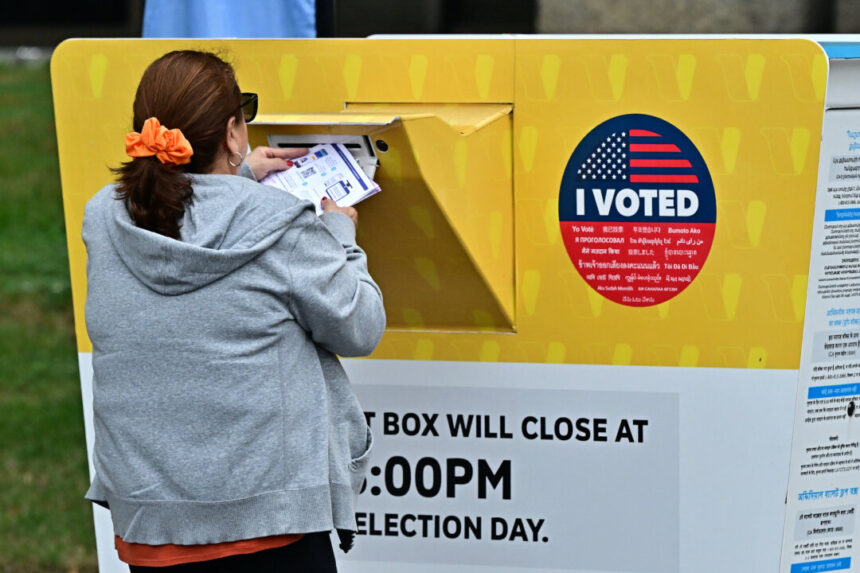During the Nov. 5 election, California voters considered 10 ballot measures, with millions of Golden State residents making their voices heard on issues ranging from public safety to education, health care, minimum wage, and more. One of the most significant measures, Proposition 36, which strengthens penalties for repeat offenders of certain drug and theft crimes, was approved by over 70 percent of voters. This measure, known as the Homelessness, Drug Addiction, and Theft Reduction Act, also prioritizes mental health and drug abuse treatment by offering rehabilitation programs for some repeat offenders instead of jail or prison sentences.
Another measure, Proposition 2, authorizing $10 billion in general obligation bonds for school improvements, was winning with nearly 57 percent of the vote. This funding will go towards construction, repairs, and upgrades at K–12 grade public schools, community colleges, and technical education programs statewide. Critics of this measure argue that the state cannot afford to borrow this money and should prioritize these projects in the budget instead.
A third measure, Proposition 4, authorizing $10 billion in general obligation bonds to fund efforts to prevent and respond to droughts, floods, and wildfires, also received support from 58 percent of voters. This funding would benefit first responders, but critics are concerned about the financial implications of borrowing this money.
Additionally, Proposition 3, which amends the California Constitution to delete language stating that only marriage between a man and a woman is legal and valid, received nearly 63 percent support. This change aligns the state’s founding document with current legal standards and provides additional protection for same-sex couples.
Lastly, a complex measure requiring certain providers to use 98 percent of revenues for patient care was approved by 58 percent of voters. This measure, Proposition 4, applies to organizations that have received health and safety violations while operating multifamily housing units and spent a significant amount of money from selling discounted prescription drugs. The AIDS Healthcare Foundation could be impacted by this measure, facing penalties for noncompliance. Fines imposed for failure to comply could offset the costs. Advocates argued that the fresh legislation would safeguard patients. However, opponents denounced the plan as a significant threat to democracy.
Californians overwhelmingly approved Proposition 35, which aimed to extend the tax on managed care health insurance plans permanently. This move could result in a $1 billion to $2 billion cost increase in 2025 and 2026, impacting the state’s ability to cover existing Medi-Cal expenses. Supporters believed it would enhance healthcare access without raising individual taxes.
On the other hand, Proposition 5, which sought to make it easier to raise taxes, was rejected by the majority of voters. The measure would have allowed local bonds to pass with 55% approval instead of the current two-thirds requirement, potentially raising borrowing costs and property taxes.
Another proposal, Proposition 6, which aimed to prohibit corrections officials from mandating inmate work, was also turned down. Under the existing law, inmates can be required to work or participate in programs, with some facing penalties for refusal.
Furthermore, Proposition 32, which aimed to raise the state’s minimum wage, was not supported by voters. The proposal would have required employers to pay higher wages, with concerns raised about the impact on small businesses.
Lastly, Proposition 33, which aimed to repeal a law preventing local governments from regulating rent rates, was rejected by a significant margin. Supporters argued it would help reduce rental costs, while opponents warned of potential negative effects on affordable housing development. Please rephrase this sentence. Please rephrase the following sentence.
Source link





